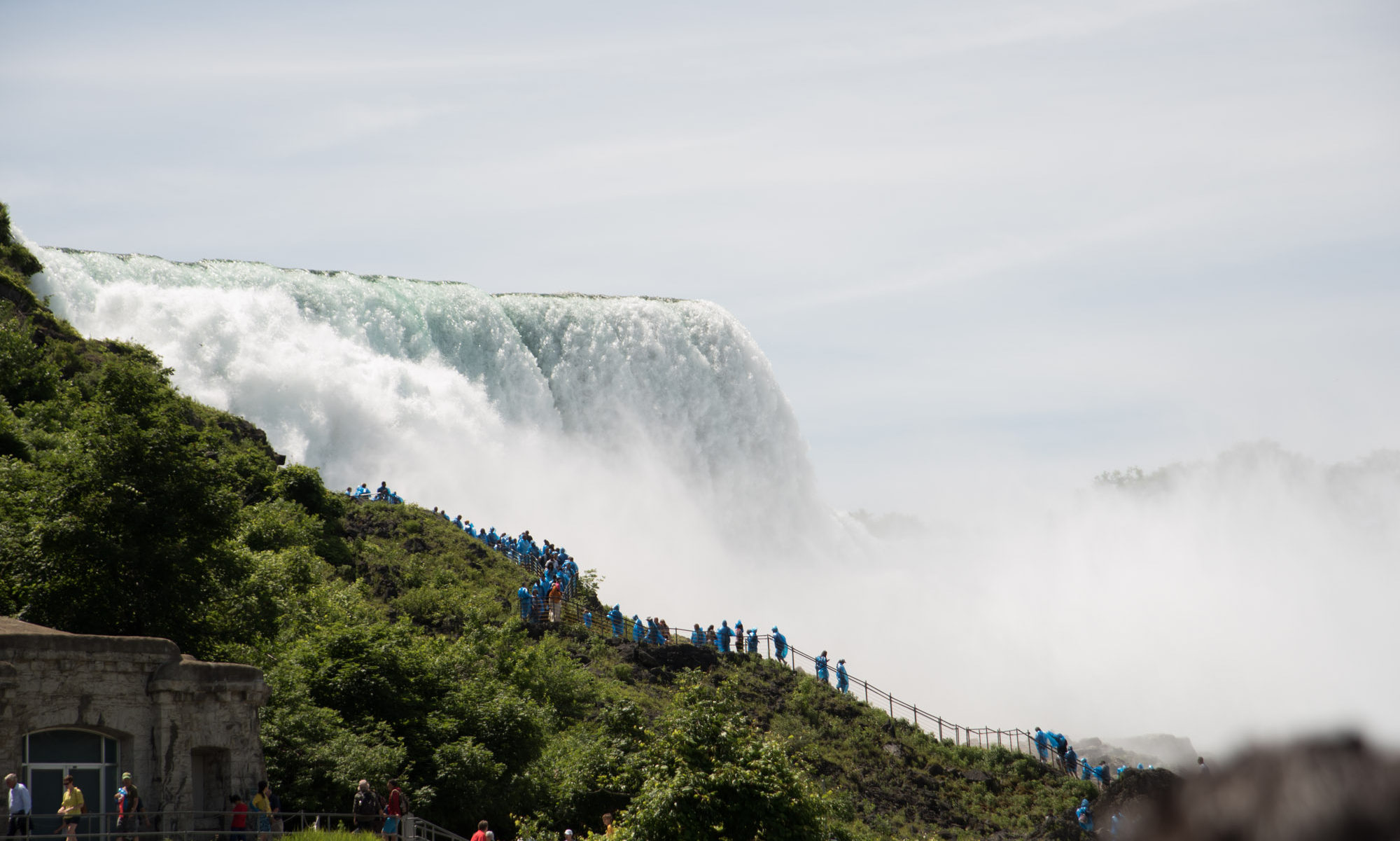 This book was first self-published by D. H. Lawrence in Florence, Italy in 1928. It was banned from publication in Great Britain until 1960. It was not published in its original form in this country until 1959. It was considered much too pornographic, however it is pornographic the way Playboy is. You have a mass of text, and then there will be a racy passage. I say racy as by today’s standards it is all rather mild. Lawrence spends more time dealing with the emotionally altered state that good sex brings on than a physical description of sex. Most of such passages are relatively mild. Continue reading “Lady Chatterly’s Lover by D. H. Lawrence”
This book was first self-published by D. H. Lawrence in Florence, Italy in 1928. It was banned from publication in Great Britain until 1960. It was not published in its original form in this country until 1959. It was considered much too pornographic, however it is pornographic the way Playboy is. You have a mass of text, and then there will be a racy passage. I say racy as by today’s standards it is all rather mild. Lawrence spends more time dealing with the emotionally altered state that good sex brings on than a physical description of sex. Most of such passages are relatively mild. Continue reading “Lady Chatterly’s Lover by D. H. Lawrence”
Women in Love by D. H. Lawrence
 This book could have been very easily retitled Men in Love, but that would have gotten Lawrence more grief than he was already experiencing. It is a continuation of The Rainbow focusing on two of the Brangwen sisters Ursula and Gudrun. Ursula, of course, was the focus of the later part of the first book. This is a novel more driven by character than plot. It is also a book in which Lawrence spends a good deal of time expressing his views on class, materialism, industrialism, marriage, love and not so obliquely, homosexuality. Continue reading “Women in Love by D. H. Lawrence”
This book could have been very easily retitled Men in Love, but that would have gotten Lawrence more grief than he was already experiencing. It is a continuation of The Rainbow focusing on two of the Brangwen sisters Ursula and Gudrun. Ursula, of course, was the focus of the later part of the first book. This is a novel more driven by character than plot. It is also a book in which Lawrence spends a good deal of time expressing his views on class, materialism, industrialism, marriage, love and not so obliquely, homosexuality. Continue reading “Women in Love by D. H. Lawrence”
The Rainbow by D.H. Lawrence
 This is a book of poetry masquerading as prose. It is a book short on dialogue and long on imagery, both external and of the characters’ internal emotion-scape. The book came out in 1915 and was banned shortly thereafter in Britain for 11 years.
This is a book of poetry masquerading as prose. It is a book short on dialogue and long on imagery, both external and of the characters’ internal emotion-scape. The book came out in 1915 and was banned shortly thereafter in Britain for 11 years.
The novel covers three women from the same family over a period of 65 years starting in 1840 and ending in 1905. This is roughly the Victorian era. This is a period of great change just after the Industrial Revolution in which England was changing from a mostly rural based culture to an urban based society. Along with technological advances and migrating populations, it was a time of changing social mores, including sexuality and of the relationship between men and women. It was Lawrence’s graphic depiction of sexuality (for the times) that resulted in its banning.
It struck me that Lawrence saw the relationship between a man and woman as more of a contest than any sort of synergistic union. A passage from the middle of the book really brought home this concept to me. Continue reading “The Rainbow by D.H. Lawrence”
